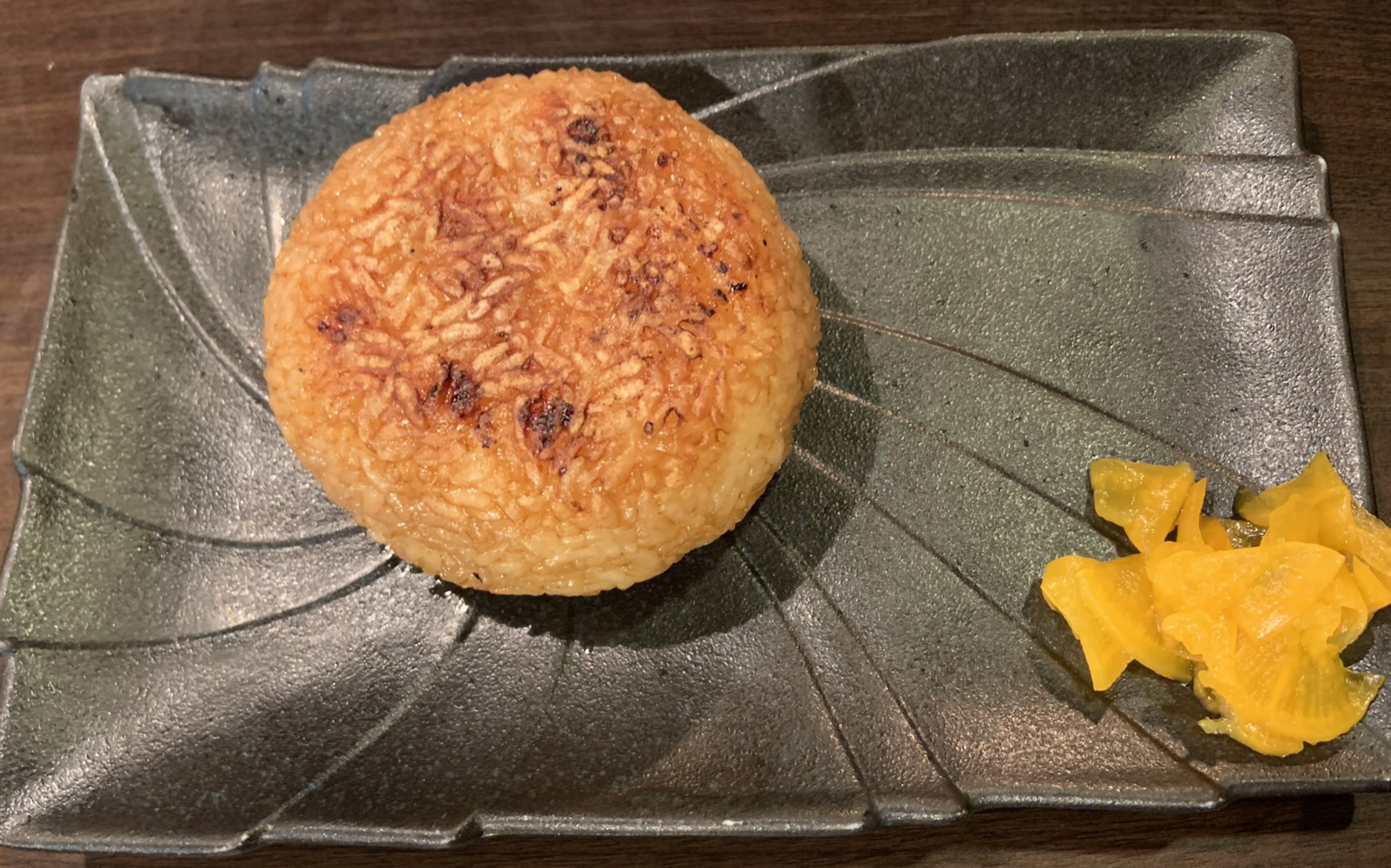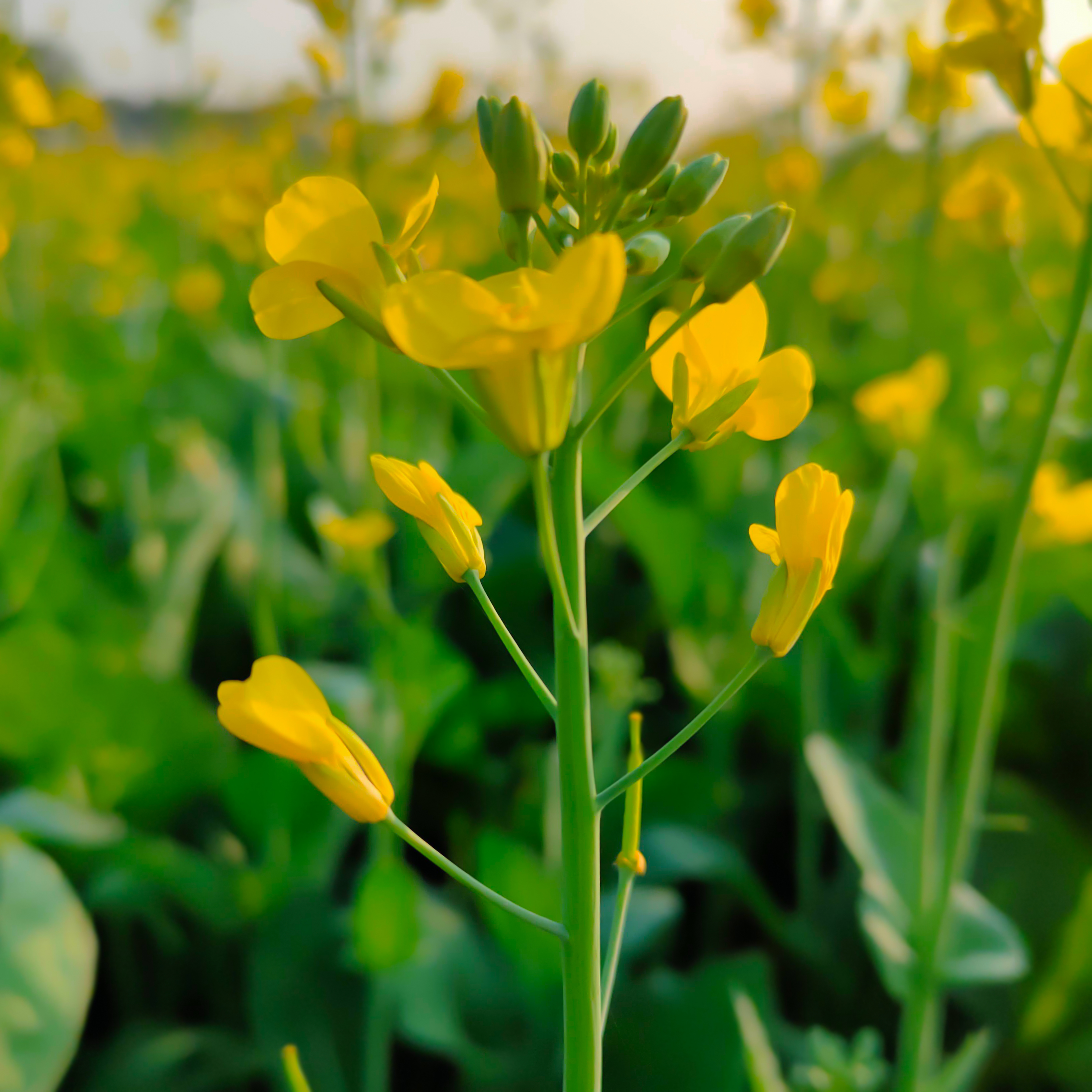|
Nozawana
Nozawana (野沢菜, ''Brassica rapa'' L. var. ''hakabura'') is a Japanese leaf vegetable, often pickled. It is of the same species as the common turnip and one of a Japanese variety of mustard leaf. Its leaves are approximately 60–90 cm long. Traditionally it is thought that sometime between 1751 and 1764 the plant was brought from the Kyoto mountains to the Nozawa-onsen village by the master of a Buddhist temple who lived in Nozawa. It was since cultivated around that area, and thus named Nozawana: ''na'' means vegetable in Japanese. Pickled nozawana is one of the most typical local foods in Nagano Prefecture. It is also used in onigiri , also known as , , or rice ball, is a Japanese food made from white rice formed into triangular or cylindrical shapes and often wrapped in ''nori''. Traditionally, an onigiri is filled with pickled ume (''umeboshi''), salted salmon, katsuobu .... References Leaf vegetables Brassica Japanese pickles {{vegetable-s ... [...More Info...] [...Related Items...] OR: [Wikipedia] [Google] [Baidu] |
Onigiri
, also known as , , or rice ball, is a Japanese food made from white rice formed into triangular or cylindrical shapes and often wrapped in ''nori''. Traditionally, an onigiri is filled with pickled ume (''umeboshi''), salted salmon, katsuobushi, kombu, tarako, mentaiko, takanazuke (pickled ''takana'', Japanese giant red mustard greens) or any other salty or sour ingredient as a natural preservative. Most Japanese convenience stores stock their onigiri with various fillings and flavors. There are even specialized shops which only sell onigiri to take out. Due to the popularity of this trend in Japan, onigiri has become a popular staple in Japanese restaurants worldwide. Despite common misconceptions, onigiri is not a form of sushi and should not be confused with the type of sushi called ''nigirizushi'' or simply ''nigiri''. Onigiri is made with plain rice (sometimes lightly salted), while sushi is made of rice with vinegar, sugar and salt. Onigiri makes rice portable and easy ... [...More Info...] [...Related Items...] OR: [Wikipedia] [Google] [Baidu] |
Plantae
Plants are predominantly Photosynthesis, photosynthetic eukaryotes of the Kingdom (biology), kingdom Plantae. Historically, the plant kingdom encompassed all living things that were not animals, and included algae and fungi; however, all current definitions of Plantae exclude the fungi and some algae, as well as the prokaryotes (the archaea and bacteria). By one definition, plants form the clade Viridiplantae (Latin name for "green plants") which is sister of the Glaucophyte, Glaucophyta, and consists of the green algae and Embryophyte, Embryophyta (land plants). The latter includes the flowering plants, conifers and other gymnosperms, ferns and Fern ally, their allies, hornworts, liverworts, and mosses. Most plants are multicellular organisms. Green plants obtain most of their energy from sunlight via photosynthesis by primary chloroplasts that are derived from endosymbiosis with cyanobacteria. Their chloroplasts contain chlorophylls a and b, which gives them their green colo ... [...More Info...] [...Related Items...] OR: [Wikipedia] [Google] [Baidu] |
Turnip
The turnip or white turnip (''Brassica rapa'' subsp. ''rapa'') is a root vegetable commonly grown in temperate climates worldwide for its white, fleshy taproot. The word ''turnip'' is a compound of ''turn'' as in turned/rounded on a lathe and ''neep'', derived from Latin ''napus'', the word for the plant. Small, tender varieties are grown for human consumption, while larger varieties are grown as feed for livestock. In Northern England, Scotland, Ireland, Cornwall and parts of Canada (Quebec, Newfoundland, Manitoba and the Maritimes), the word ''turnip'' (or ''neep'') often refers to rutabaga, also known as ''swede'', a larger, yellow root vegetable in the same genus (''Brassica''). Description The most common type of turnip is mostly white-skinned apart from the upper , which protrude above the ground and are purple or red or greenish where the sun has hit. This above-ground part develops from stem tissue, but is fused with the root. The interior flesh is entirely white. T ... [...More Info...] [...Related Items...] OR: [Wikipedia] [Google] [Baidu] |
Nagano Prefecture
is a landlocked prefecture of Japan located in the Chūbu region of Honshū. Nagano Prefecture has a population of 2,052,493 () and has a geographic area of . Nagano Prefecture borders Niigata Prefecture to the north, Gunma Prefecture to the northeast, Saitama Prefecture to the east, Yamanashi Prefecture to the southeast, Shizuoka Prefecture and Aichi Prefecture to the south, and Gifu Prefecture and Toyama Prefecture to the west. Nagano is the capital and largest city of Nagano Prefecture, with other major cities including Matsumoto, Ueda, and Iida. Nagano Prefecture has impressive highland areas of the Japanese Alps, including most of the Hida Mountains, Kiso Mountains, and Akaishi Mountains which extend into the neighbouring prefectures. The abundance of mountain ranges, natural scenic beauty, and rich history has gained Nagano Prefecture international recognition as a world-class winter sports tourist destination, including hosting the 1998 Winter Olympics and a new ... [...More Info...] [...Related Items...] OR: [Wikipedia] [Google] [Baidu] |
Japanese Language
is spoken natively by about 128 million people, primarily by Japanese people and primarily in Japan, the only country where it is the national language. Japanese belongs to the Japonic or Japanese- Ryukyuan language family. There have been many attempts to group the Japonic languages with other families such as the Ainu, Austroasiatic, Koreanic, and the now-discredited Altaic, but none of these proposals has gained widespread acceptance. Little is known of the language's prehistory, or when it first appeared in Japan. Chinese documents from the 3rd century AD recorded a few Japanese words, but substantial Old Japanese texts did not appear until the 8th century. From the Heian period (794–1185), there was a massive influx of Sino-Japanese vocabulary into the language, affecting the phonology of Early Middle Japanese. Late Middle Japanese (1185–1600) saw extensive grammatical changes and the first appearance of European loanwords. The basis of the standard dialect moved f ... [...More Info...] [...Related Items...] OR: [Wikipedia] [Google] [Baidu] |
Nozawaonsen, Nagano
is a village located in Nagano Prefecture, Japan. , the village had an estimated population of 3,653 in 1395 households and a population density of 63 persons per km². The total area of the village is . Geography Nozawaonsen is located in mountainous northeastern Nagano Prefecture, about one hour's drive from Nagano City. To the south it borders Kijimadaira along the ridge of Mount Kenashi. To the west side the Chikuma River, the longest river in Japan, which forms a border of the village with the city of Iiyama. The north and the east borders Sakae village. The altitude of Nozawaonsen ranges from 300m above sea level at the lowest, to about 600m in the village, and 1,650m at the peak of Mount Kenashi. Surrounding municipalities *Nagano Prefecture ** Iiyama ** Kijimadaira ** Sakae Climate The town has a humid continental climate (''Dfa'') in the Köppen climate classification, characterized by warm and humid summers, and cold winters. The average annual temperature in ... [...More Info...] [...Related Items...] OR: [Wikipedia] [Google] [Baidu] |
Buddhist Temple
A Buddhist temple or Buddhist monastery is the place of worship for Buddhists, the followers of Buddhism. They include the structures called vihara, chaitya, stupa, wat and pagoda in different regions and languages. Temples in Buddhism represent the pure land or pure environment of a Buddha. Traditional Buddhist temples are designed to inspire inner and outer peace. Architecture Its architecture and structure varies from region to region. Usually, the temple consists not only of its buildings, but also the surrounding environment. The Buddhist temples are designed to symbolize five elements: fire, air, water, earth and wisdom. India The design of temples in India was influenced by the idea of a place of worship as a representation of the universe. For Buddhist temple complexes one tall temple is often centrally located and surrounded by smaller temples and walls. This center surrounded by oceans, lesser mountains and a huge wall. A Chaitya, Chaitya hall or Chaitya-griha ... [...More Info...] [...Related Items...] OR: [Wikipedia] [Google] [Baidu] |
Onsen
In Japan, are the country's hot springs and the bathing facilities and traditional inns around them. As a volcanically active country, Japan has many onsens scattered throughout all of its major islands. There are approximately 25,000 hot spring sources throughout Japan that provide hot mineral water to about 3,000 genuine onsen establishments. Onsens come in many types and shapes, including and . Baths may be either publicly run by a municipality or privately, often as part of a hotel, ''ryokan'', or . The presence of an onsen is often indicated on signs and maps by the symbol ♨ or the kanji (''yu'', meaning "hot water"). Sometimes the simpler hiragana character ゆ (''yu''), understandable to younger children, is used. Traditionally, onsens were located outdoors, although many inns have now built indoor bathing facilities as well. Nowadays, as most households have their own bath, the number of traditional public baths has decreased, but the number of sightseeing ho ... [...More Info...] [...Related Items...] OR: [Wikipedia] [Google] [Baidu] |
Mustard Plant
The mustard plant is any one of several plant species in the genera ''Brassica'' and ''Sinapis'' in the family Brassicaceae (the mustard family). Mustard seed is used as a spice. Grinding and mixing the seeds with water, vinegar, or other liquids creates the yellow condiment known as Mustard (condiment), prepared mustard. The seeds can also be pressed to make mustard oil, and the edible leaves can be eaten as Brassica juncea, mustard greens. Many vegetables are cultivated varieties of mustard plants; domestication may have begun 6,000 years ago. History Although some varieties of mustard plants were well-established crops in Hellenistic and Roman Empire, Roman times, Zohary and Hopf note, "There are almost no Archaeology, archeological records available for any of these crops." Wild forms of mustard and its relatives, the radish and turnip, can be found over West Asia and Europe, suggesting their domestication took place somewhere in that area. However, Zohary and Hopf conclu ... [...More Info...] [...Related Items...] OR: [Wikipedia] [Google] [Baidu] |
Species
In biology, a species is the basic unit of classification and a taxonomic rank of an organism, as well as a unit of biodiversity. A species is often defined as the largest group of organisms in which any two individuals of the appropriate sexes or mating types can produce fertile offspring, typically by sexual reproduction. Other ways of defining species include their karyotype, DNA sequence, morphology, behaviour or ecological niche. In addition, paleontologists use the concept of the chronospecies since fossil reproduction cannot be examined. The most recent rigorous estimate for the total number of species of eukaryotes is between 8 and 8.7 million. However, only about 14% of these had been described by 2011. All species (except viruses) are given a two-part name, a "binomial". The first part of a binomial is the genus to which the species belongs. The second part is called the specific name or the specific epithet (in botanical nomenclature, also sometimes i ... [...More Info...] [...Related Items...] OR: [Wikipedia] [Google] [Baidu] |
Angiosperms
Flowering plants are plants that bear flowers and fruits, and form the clade Angiospermae (), commonly called angiosperms. The term "angiosperm" is derived from the Greek words ('container, vessel') and ('seed'), and refers to those plants that produce their seeds enclosed within a fruit. They are by far the most diverse group of land plants with 64 orders, 416 families, approximately 13,000 known genera and 300,000 known species. Angiosperms were formerly called Magnoliophyta (). Like gymnosperms, angiosperms are seed-producing plants. They are distinguished from gymnosperms by characteristics including flowers, endosperm within their seeds, and the production of fruits that contain the seeds. The ancestors of flowering plants diverged from the common ancestor of all living gymnosperms before the end of the Carboniferous, over 300 million years ago. The closest fossil relatives of flowering plants are uncertain and contentious. The earliest angiosperm fossils are in the ... [...More Info...] [...Related Items...] OR: [Wikipedia] [Google] [Baidu] |



.jpg)



